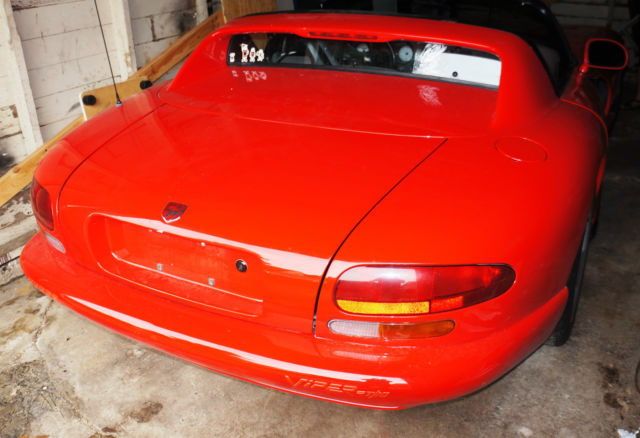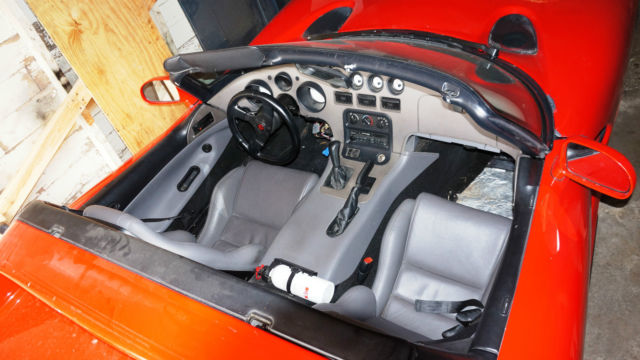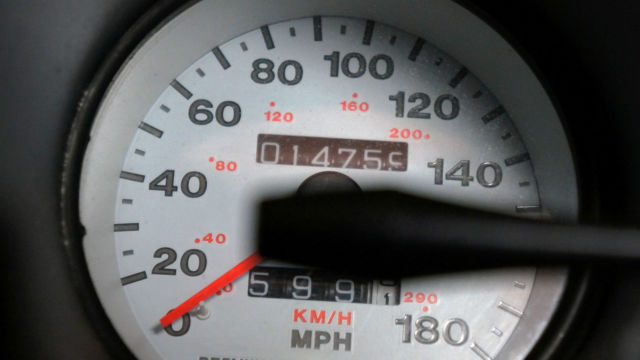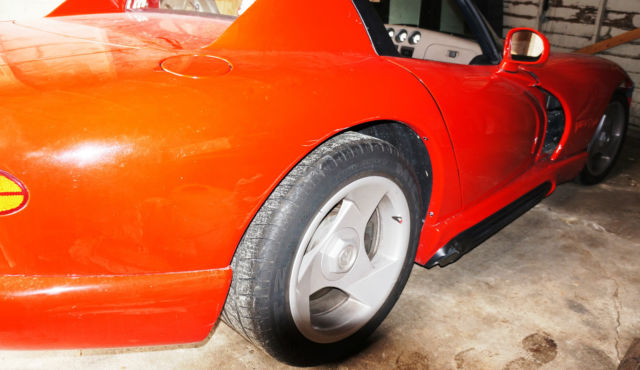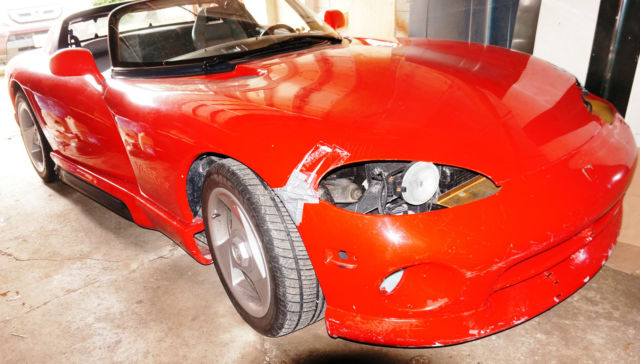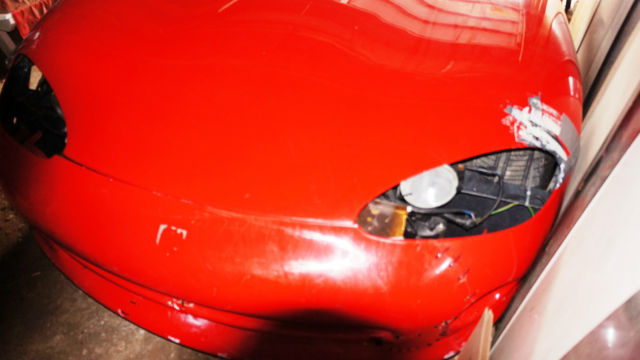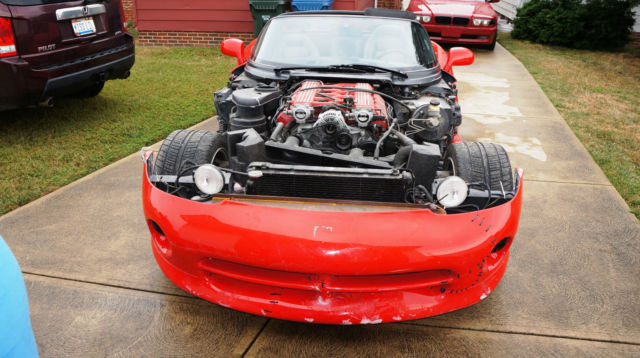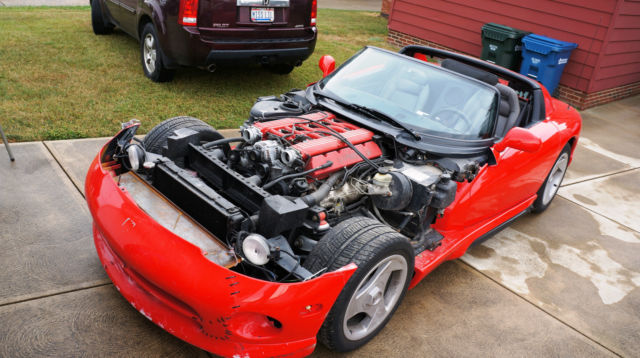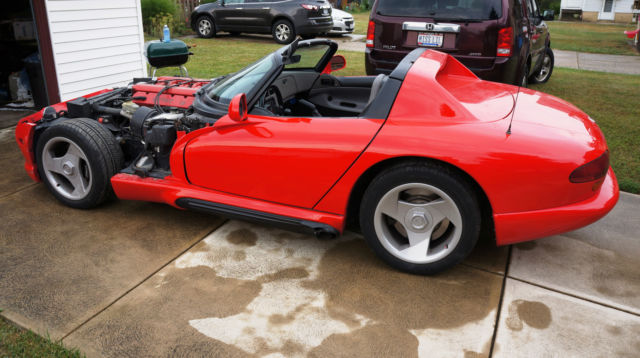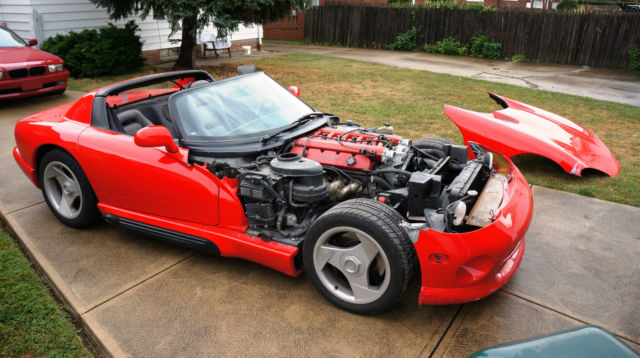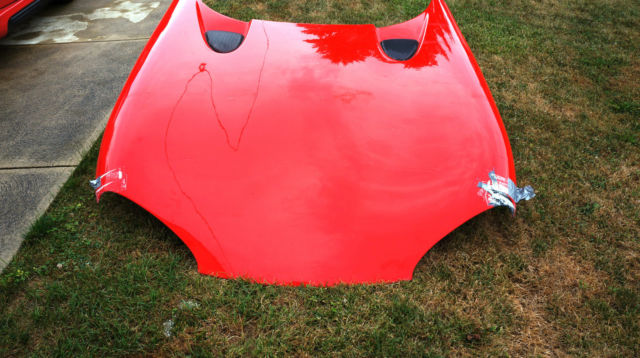1992 DODGE VIPER RT/10 ROADSTER 1ST YEAR PRODUCTION #50 NO RESERVE AUCTION
- Make: Dodge
- Model: Viper
- SubModel: RT/10
- Type: Convertible
- Trim: CONVERTIBLE 2 DOOR
- Year: 1992
- Mileage: 14,760
- VIN: 1B3BR65E7NV100050
- Color: Red
- Engine size: V10
- Number of cylinders: 10
- Transmission: Manual
- Drive type: RWD
- Interior color: Gray
- Options: Cassette Player, Convertible, Leather Seats
- Vehicle Title: Clear
- Interested?
1992 Dodge Viper RT/10 Description
HERE IS UNIQUE OPPORTUNITY TO OWN AMERICAN ICON1992 DODGE VIPER RT/10
THIS IS 1ST YEAR PRODUCTION #50 CAR OFF OF ASSEMBLY LINE
ONLY14760 MILES
MAKES GREAT PROJECT AND COLLECTIBLE
!!!OFFERED AT NO RESERVE!!!
AS YOU CAN SEE CAR HAS SOME DAMAGE, IT RUNS AND DRIVES
(FOGLIGHTS WERE TEMPORARILY MOUNTED AS HEADLIGHTS TO MAKE IT STREET LEGAL)
COMES WITH MANY EXTRAS
SOFT TOP WITH WINDOWS2 BRAND NEW HEADLIGHTS2 WHEELS WITH TIRES (WORN)FRONT BUMPER COVER1 ROCKER PANEL
PLEASE DO NOT HESITATE TO ASK ANY QUESTIONS YOU MAY HAVE!
The first prototype was tested in January 1989. It debuted in 1991 with twopre-production modelsas thepace carfor theIndianapolis 500when Dodge was forced to substitute it in place of the Japanese-builtDodge Stealthbecause of complaints from theUnited Auto Workers, and went on sale in January 1992 as theRT/10 Roadster.
The centerpiece of the car was its engine. TheLamborghiniCompany, then owned by Chrysler Corporation, designed theV10for the Viper by recasting the block and heads in an aluminumalloy, and was based on the Chrysler LA V8 engine. A major contributor to the Viper since the beginning was Dick Winkles, the chief power engineer, who had spent time in Italy.
The engine weighs 711lb (323kg) and produces 400bhp (300kW) at 4600rpm and 465lb·ft (630N·m) at 3600rpm, and thanks to the long-gearing allowed by the engine, provides fuel economy at aUnited States Environmental Protection Agency-rated 12mpg-US(20L/100km; 14mpg-imp) city and 20mpg-US(12L/100km; 24mpg-imp) highway.[6]The body is a tubularsteelframe with resintransfer molding(RTM)fiberglasspanels. It has a curb weight of 3,284lb (1,490kg) and lacks modern driver aids such astraction controlandanti-lock brakes. It completes a quarter mile (402 m) in 12.6 seconds and has a maximum speed of over 150mph (240km/h). Its large tires allow the car to average close to one lateralgin corners, placing it among the elite cars of its day. However, the car proves tricky to drive at high speeds, particularly for the unskilled.
 2010 Dodge Viper ACR 8,468 Miles, Silver, Low Production
2010 Dodge Viper ACR 8,468 Miles, Silver, Low Production
Mileage: 8,468
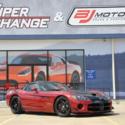 2008 Dodge Viper Venom Red ACR 4K Miles Low Production ACR
2008 Dodge Viper Venom Red ACR 4K Miles Low Production ACR
Mileage: 4,984
 2004 Dodge Viper SRT10 Roadster, (( !! NO RESERVE LAST BIDDER WINS !! ))
2004 Dodge Viper SRT10 Roadster, (( !! NO RESERVE LAST BIDDER WINS !! ))
Mileage: 25,268
 2005 Dodge Viper roadster viper race yellow with black only 2700 miles
2005 Dodge Viper roadster viper race yellow with black only 2700 miles
Mileage: 2,715
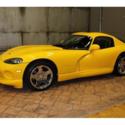 2002 DODGE VIPER GTS FINAL YEAR LOW MI COLLECTOR CAR 1 OF 83 DANDELION YELLOW
2002 DODGE VIPER GTS FINAL YEAR LOW MI COLLECTOR CAR 1 OF 83 DANDELION YELLOW
Mileage: 12,853
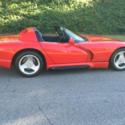 1992 Dodge Viper
1992 Dodge Viper
Mileage: 12,000
 1993 Dodge Viper, only 45k miles, early 93 production "antenna" car. Gorgeous
1993 Dodge Viper, only 45k miles, early 93 production "antenna" car. Gorgeous
Mileage: 45,905
 1992 Dodge Viper RT10 1-Owner Original Paint Time Capsule
1992 Dodge Viper RT10 1-Owner Original Paint Time Capsule
Mileage: 8,899
 1995 Dodge Viper----Gen 1 roadster
1995 Dodge Viper----Gen 1 roadster
Mileage: 22,600
 1996 Dodge Viper R/T10 - Special Edition - Red Roadster
1996 Dodge Viper R/T10 - Special Edition - Red Roadster
Mileage: 22,400
